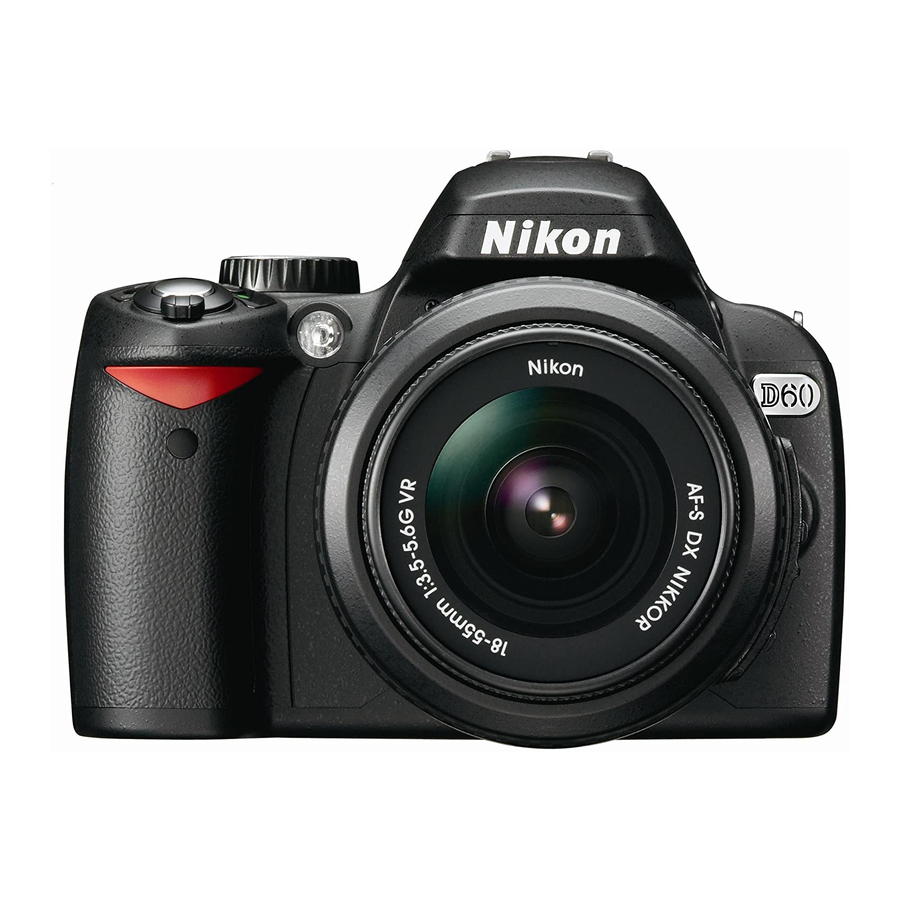CMOS versus CCD
About half of Nikon's dSLRs use Charge
Coupled Device (CCD) sensors, although
Nikon appears to be moving away from this
technology by putting a CMOS sensor in the
D90. Although CMOS and CCD sensors do
the same job, they do it diff erently, and each
type of sensor has its own strengths and
weaknesses.
CCD
The name Charge Coupled Device refers to
how the sensor moves the electrical charges
created by the photons that the pixels have
collected. The CCD sensor moves these
electrical charges from the fi rst row of pixels
to a shift register (a digital circuit that allows
the charges to be shifted down the line).
From there, the signal is amplifi ed so the
A/D converter can read it. The sensor then
repeats the processes with each row of pix-
els until every row of pixels on the sensor
has been processed. This is a pretty precise
method of transfer, but in digital terms, it's
quite slow. It requires a large amount of
power, relatively speaking, so it uses more
of the camera's battery, which equals fewer
shots per charge. CCD sensors have a higher
signal-to-noise ratio, which makes them less
prone to high ISO noise than CMOS sensors
and enables them to provide a higher image
quality.
CMOS
Just like a CCD sensor, a CMOS (Comple-
mentary Metal-Oxide Semiconductor) sensor
has millions of pixels and photodiodes. With
the CMOS sensor, each pixel has its own
amplifi er, and each pixel converts the charge
to voltage on the spot. It's much more effi -
cient to transfer voltage than it is to transfer a
charge; therefore, CMOS sensors use less
Chapter 1
Exploring the Nikon D90
power than CCD sensors. Multiple channels
of sensor data can also be sent out at the
same time, so the CMOS sensor can send the
data to the A/D converter much faster. CMOS
chips are also cheaper to manufacture than
CCD chips.
Pixels
The more pixels the sensor has, the higher
the resolution of the sensor. However, pack-
ing more pixels onto a sensor means that
although the resolution is higher, each pixel
becomes less eff ective at gathering light
because it's much smaller. A larger pixel is
more eff ective at gathering photons; there-
fore, you get a wider dynamic range and a
better signal-to-noise ratio, which means
less inherent noise and the ability to achieve
a higher ISO sensitivity.
Micro-lenses
In addition to having larger pixels to gather
more light, camera manufacturers place
micro-lenses over the pixels. These micro-
lenses collect the light and focus them onto
the photodiode much the same way the
camera lens focuses the image onto the
sensor. By making the micro-lenses larger,
Nikon has decreased the gaps between the
pixels, which increases the eff ective light
gathering ability of each one, allowing the
camera to produce less noise in the image.
Interpreting color
The light-sensitive pixels on the sensor only
measure the brightness in relation to how
many photons it has gathered, so the basic
image captured is, in eff ect, black and white.
To determine color information, the pixels
are covered with red-, green-, or blue-colored
fi lters. These fi lters are arranged in a Bayer
25

